It was like we were living a lie, then came the 18th of November 2020. The first sound I heard, was my name being called through the window by Ken, our team lead. He urged me to jump out of bed and get ready for breakfast. It turned out to be a yummy English breakfast and thereafter set off to the mountains.
After breakfast, we started sorting our equipment with the help of the guides. We put aside items needed in that day’s pack and those to be carried up the mountain by porters. Guys, it’s better for your day pack not to go beyond 7kgs and the baggage to be carried by your porter must not exceed 20kgs. It’s a rule so the baggages have to be weighed.
Your day pack will consist of a couple of things but the must-haves are; a bladder/water bottle, rain gear (jacket, poncho), a pair of warm gloves and obviously your phone or camera to document your hike.
At this point, you can still ask the guides for items/equipment you don’t have and they could help sketch where and how to get it. Some items like crampons, ice axel and harness can be hired from the Rangers company at affordable fees.
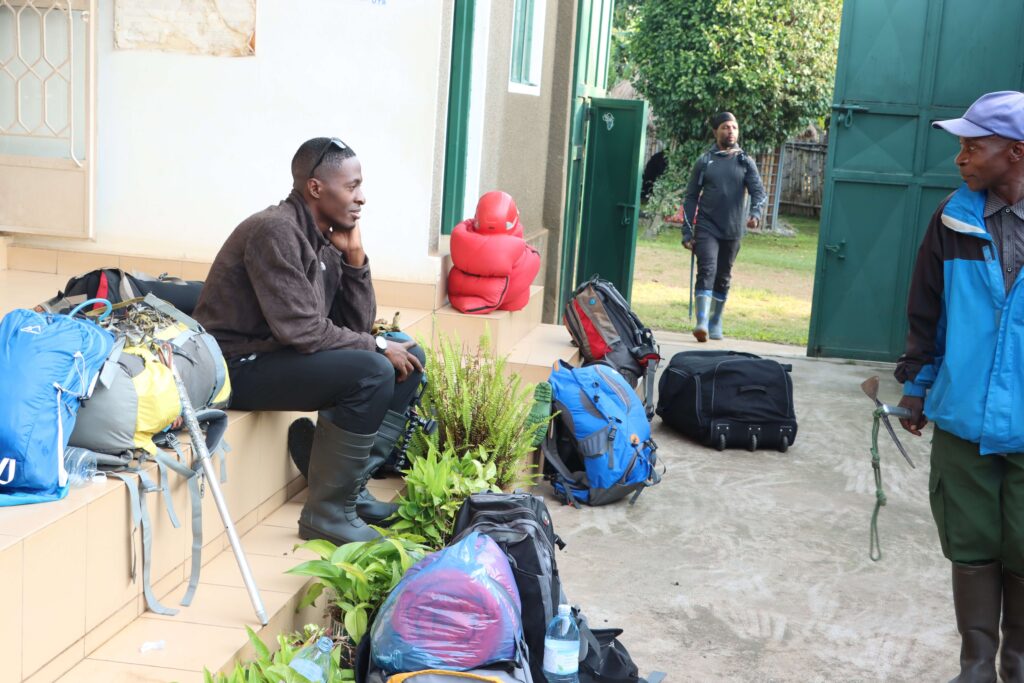
Getting into Rwenzori Mountain National Park
After all the searching and sorting was done, we got started on the trail. From the Rwenzori Rangers Hikers Association office to the Rwenzori Mountain National Park (RMNP) is a 15 minutes’ walk.
After we were permitted entrance into the park, we got a brief from the park ranger on the Dos and Don’ts and another brief from the chief guide about the trail we’d soon embark on to ascend the mountains of the moon. We then got started on the hike, our destination, the Basecamp.
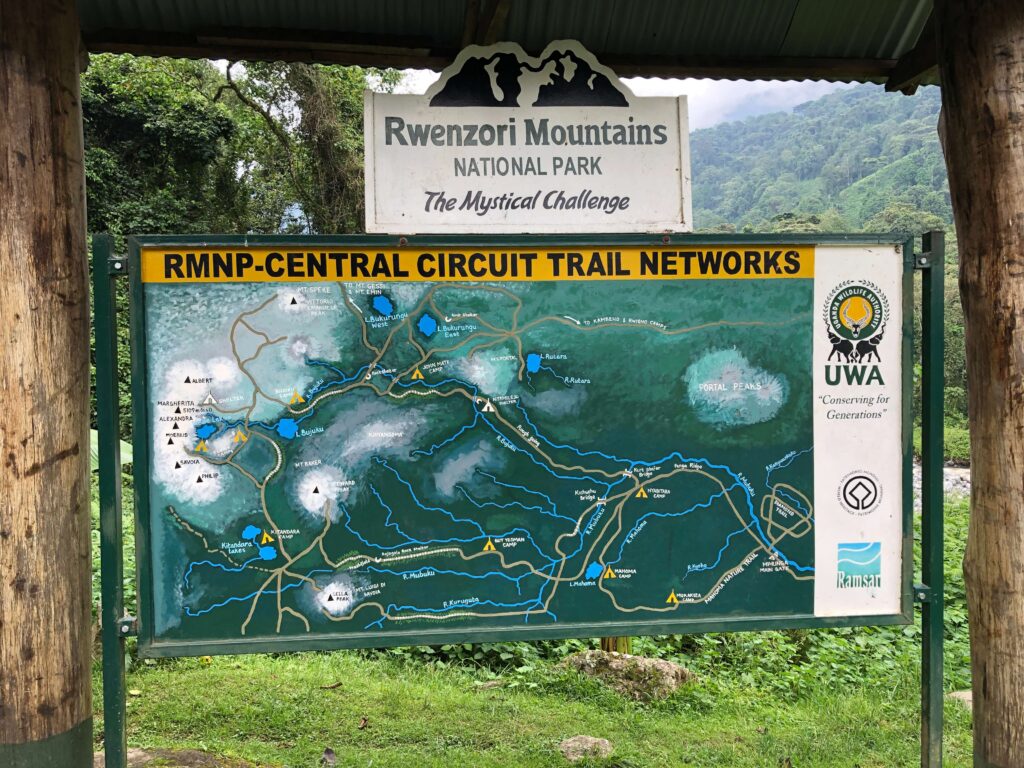
The first shocker is the fact that we had gumboots on and it never crossed my mind that six of the seven days’ hike, we’d be in gumboots and only change to our fancy hiking shoes on the summit day. This was a shocker because one, I didn’t find that information anywhere until I got to the basecamp and second, I had never walked with gumboots for a whole day in my entire life.
Now that I was going to hike a very challenging mountain putting on 2kg extra in the name of gumboots was a hard pinch.
The second shocker was seeing the porters come from the back and overtake us with there nearly 20kg baggage which included our personal belongings, equipment and food everything that would be needed by us up the mountain. I’ll write about this in the coming blog posts but I’ve to mention that Porters are the true kings of this mountain. They deserve all the thanks and appreciation.
The beautiful sketchy Rwenzori mountains
When we had gone for about 30 minutes in, we started getting a test of our own medicine. With the first challenging sections showing up in the form of a bridge section that was washed away by floods of River Mobuku. In a video I’ll post later on the channel, I’ll add some of these clips for you to get the real taste of this.
However, none of us was ready to turn back, so we found a way through. We had to ascend for about four hours to the water point between the first camp Nyabitaba and the park entrance.
This water point is also a lunchbreak point is fully built with a sitting area under a shade to accommodate you. Here, you may take a 10-40 minutes rest or even longer, how much you spend there is your wish. But you should keep in mind that taking longer stops later affects you, your pace and your body heat. You get cold and may arrive late. It’s best for you to instead move in a team of two or more including your guide and have one to three minutes’ standing stops.
For the next five to six hours, you get enjoy the beauty of Mt. Rwenzori with it’s variety of flora. The trail is a story of its own. Some sections are flat, others are rocky, some are steep while some are boggy and others are a mix of it all.

Hiking this mountain requires you to focus on your next step as the terrain gives you no chance to sightsee while hiking. You have to do either but not both. Like the terrain, the climate keeps on changing too. One minute it is cold and the next it is hot. You’re left to be sceptical. In our case, it rained on us 70% of the time during our hike to Nyabitaba camp. Ponchos were the order of the day as we ascended.
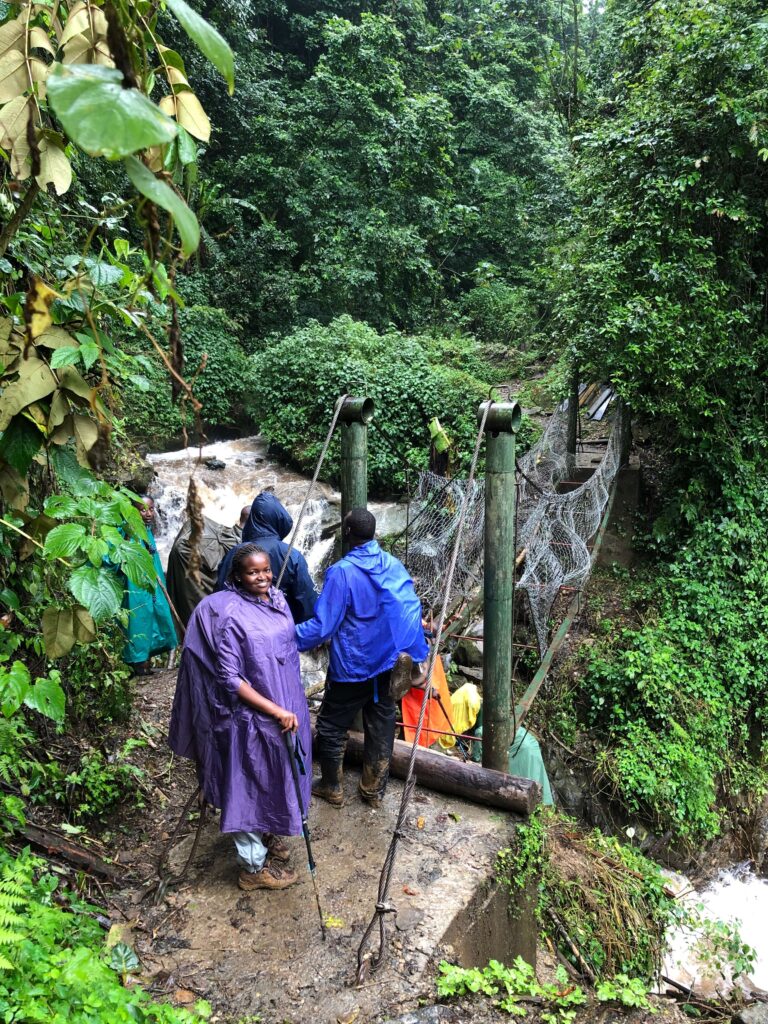
Nyabitaba Camp – 2651 meters Above Sea Level.
After the hustle coupled with the luxury of enjoying such a serene environment, we arrived at our very first camp of the hike, the Nyabitaba Camp which is at 2651 meters above sea level (ASL).
Nyabitaba Camp is special in its own way. First, you never realise that you’re close to it until you’re there or until your guide lets you know about it.
It therefore came as a shock to us the hikers because we thought it was going to take us an extra hour to arrive. Nyabitaba Camp is hidden, adjacent to a cavelike rock turned into a kitchen. It has got everything that would surprise you on day one.
My first ever experience at a camp on Mt. Rwenzori.
Before going to the Rwenzoris, I had questions like; how do camps there look like? How and where do people sleep? Is there electricity? A phone network? Are there washrooms? How do they even look like?
Well, Nyabitaba Camp answered all these questions on spot. The first thing I did was take a tour around. I checked the washrooms, dormitories, kitchen, how and where water for use is got. All this is covered in separate video that I’ll be sharing on the vlog channel.
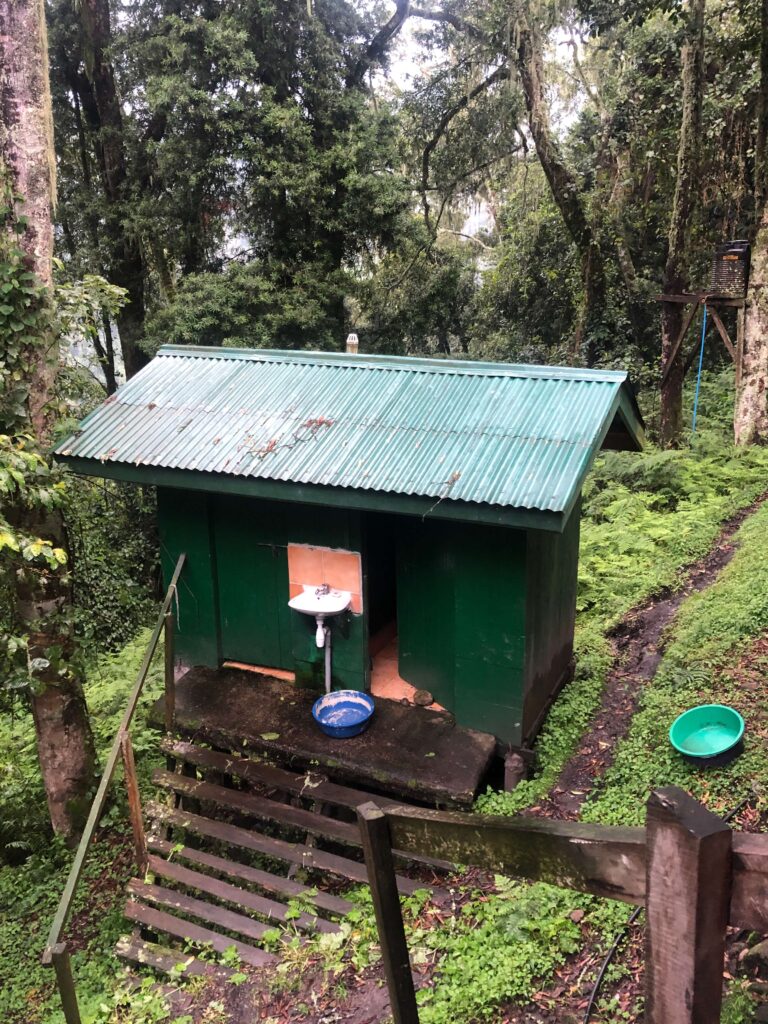
Before long, it was time for a ‘swallowship’. The meals had arrived but before we could delve in, the chef had organised something special. Some tea and porridge to warm us up before bumping us into a delicious meal with my favourite dish, rice.
We also go time to chat with fellow hikers, have an insight into how their day one experience was like. Below is the video.
Bedtime and closing day one.
I would relate the day one Mt. Rwenzori ascending experience to that time when you’re joining a new school and you have to take an exam. Nyabitaba is the exam to test if you’ll manage hiking Mt. Rwenzori. For most people with zero hiking experience, like myself, this is the real endurance test.
Hiking for nearly 10 hours in a single day, on a challenging terrain, braving the rains, gumboots, hunger and gaining altitude is the ultimate flex the Rwenzoris have for you on day one.
However, I was moved by the mood of all my hikemates, with the last person arriving with shouts of, “Margherita all the way” even after experiencing muscle strain on her legs! That’s the kind of vibe I needed in a team.
In the next blog, I share how we trekked day two, ascending to boggy John Maata Camp at 3505m ASL which was yet another test of perseverance for the whole team.
Don’t forget to hit the bell at the bottom left for notifications when I publish new blogs. If you missed the Day 0 experience, here is the link.

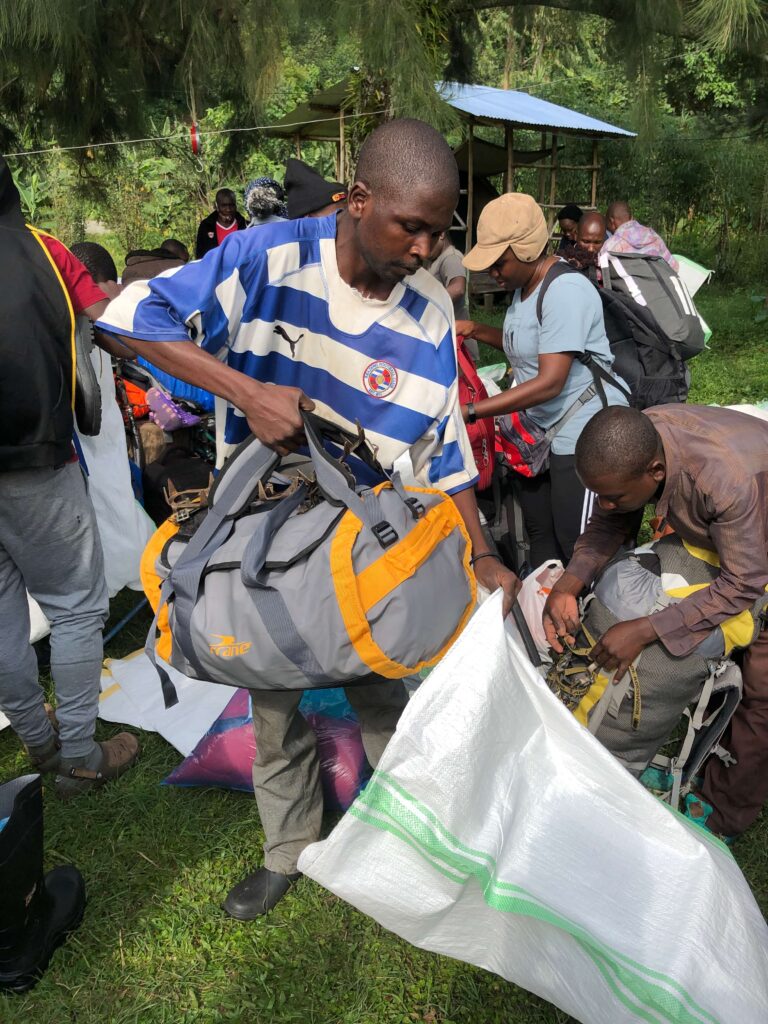

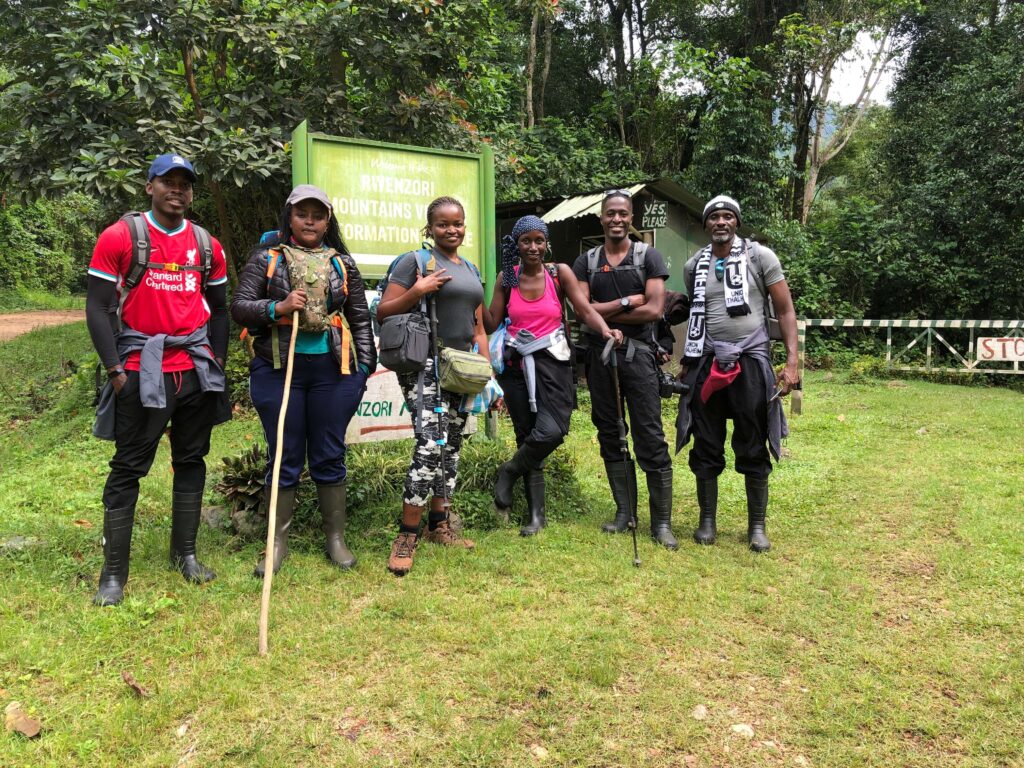
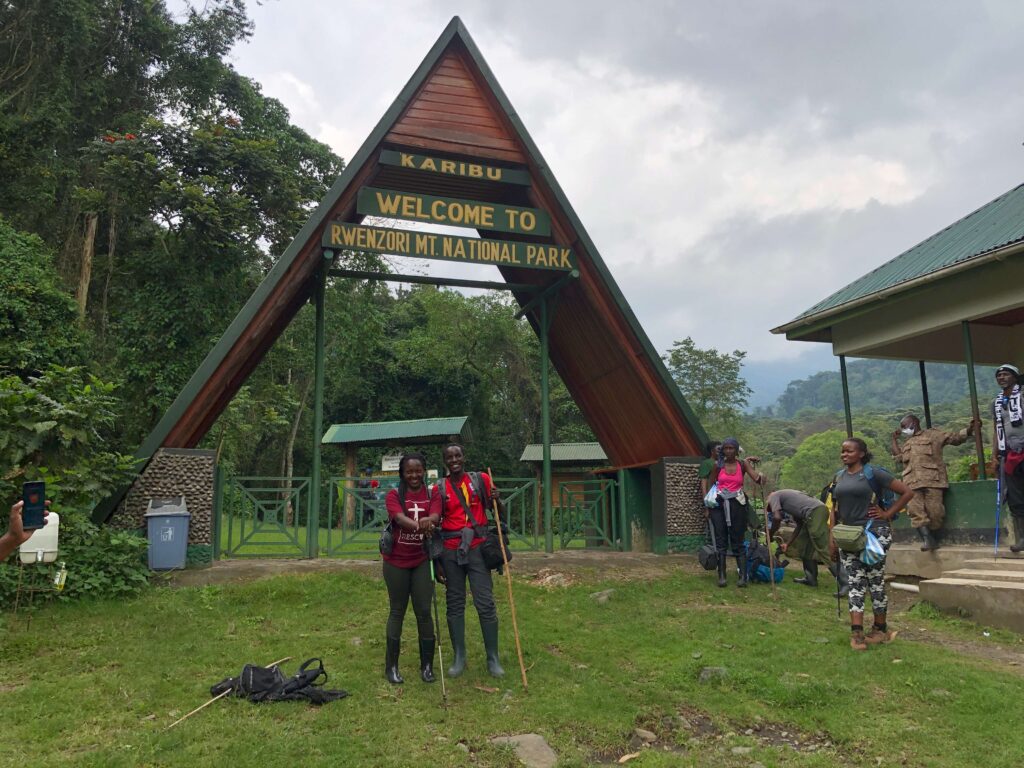
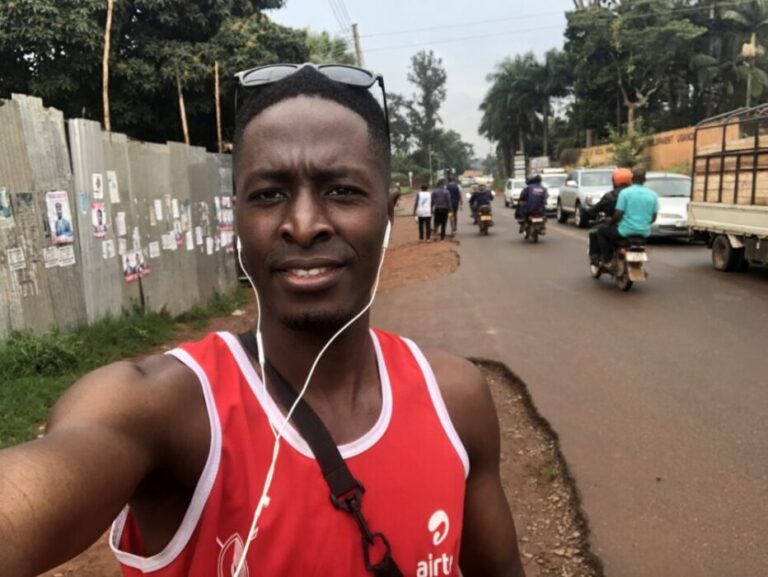
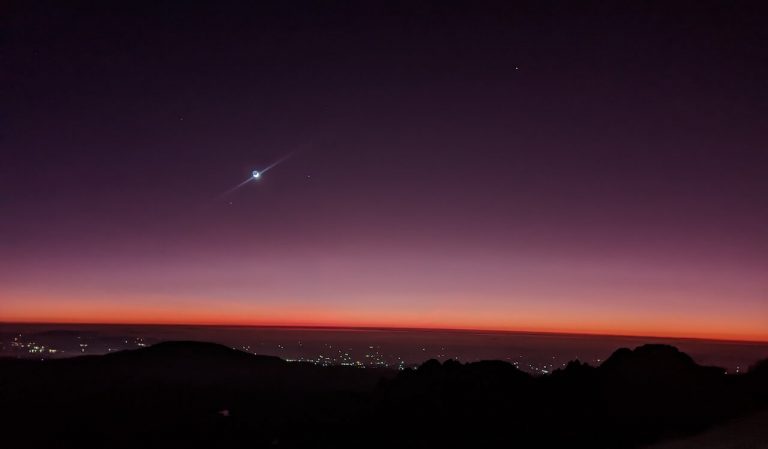
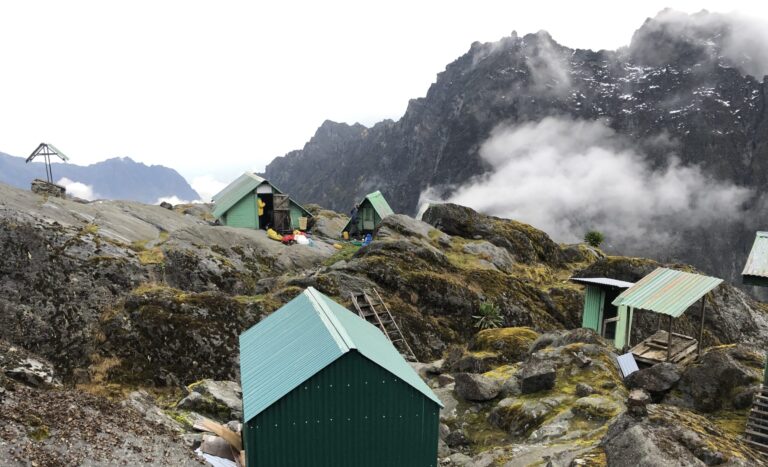
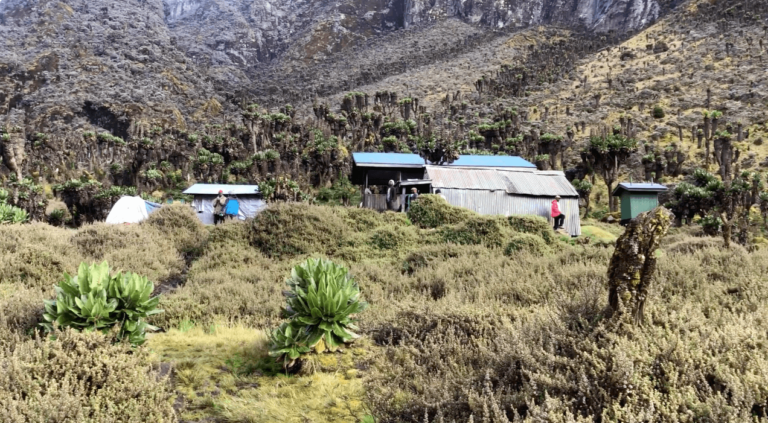
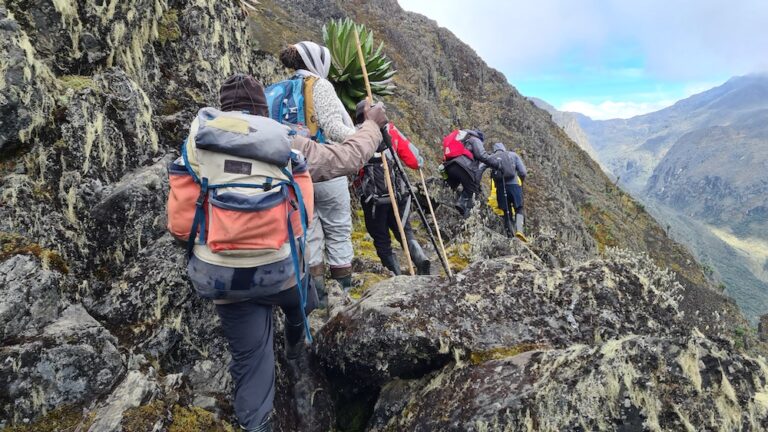
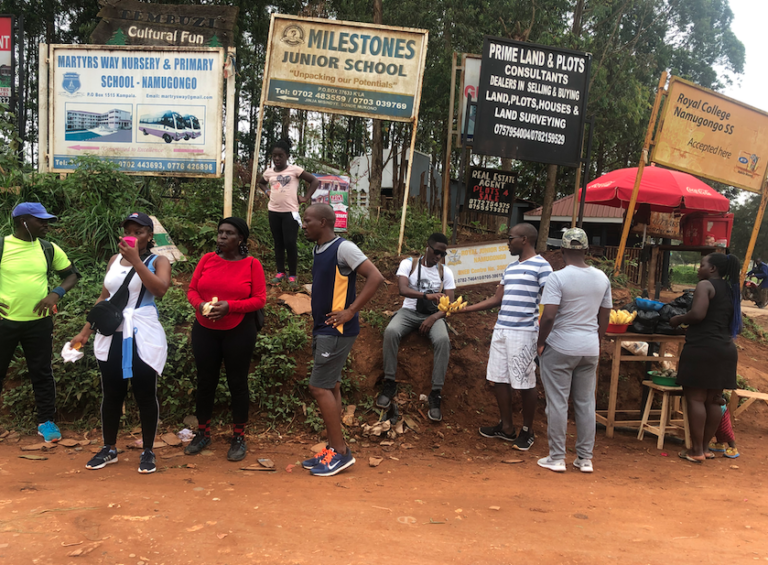
Great description of the climb to Magharita peak. Brought back memories of my climb in 2019 to celebrate my 60th birthday.. cheers